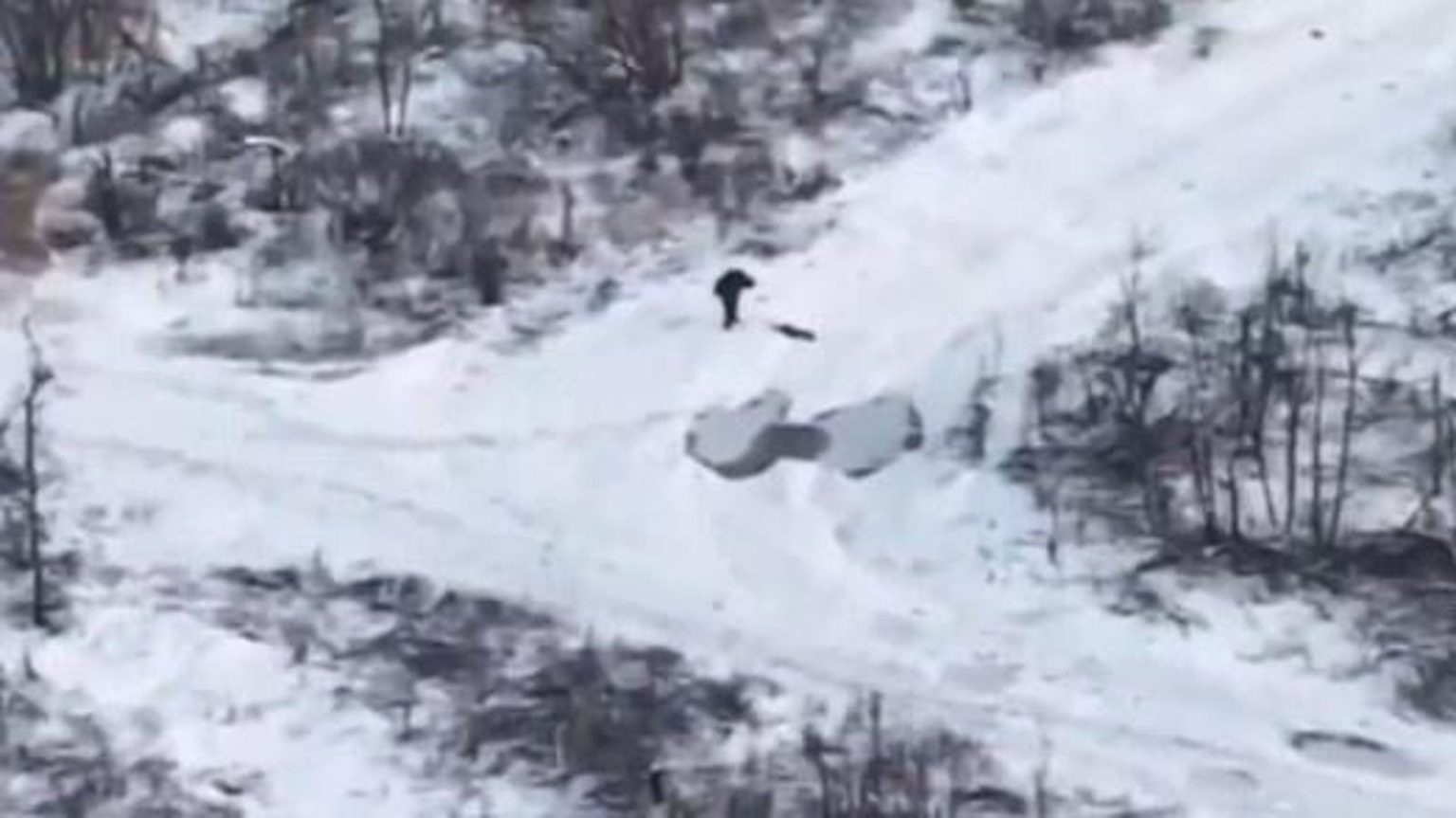Ukraine has taught its drones a new skill: minelaying.
More and more Ukrainian drone groups are flying their heavier quadcopters, hexacopters and octocopters to seed roads and paths with mines.
In that sense, the drones are doing the delicate work that, before, was the responsibility of human scouts who would sneak toward Russian lines—usually under the cover of darkness—and seed minefields by hand.
Minelaying is dangerous work when the objective is to lay a minefield between Russian positions and nearby Ukrainian positions. It’s practically suicidal work when the objective is to lay a minefield behind Russian lines.
But not for a drone.
“Now drones are used not only for target identification and engagement, aerial reconnaissance … and grenade-dropping, but also for mining,” the independent Conflict Intelligence Team noted. “Munitions dropped on the ground do not explode on impact, and become landmines instead.”
According to CIT, the munition-of-choice for drone minelaying is the Soviet-vintage PTM-3 anti-tank mine, which features an unusual boxy shape and four pounds of explosives.
The Ukrainians modify the PTM-3s with custom fuzes they reportedly call “johnnies.” “These fuzes are equipped with a gyroscope, accelerometer and magnetometer that activate the mine when it is hit or moved,” CIT explained.
“They can also trigger when armored vehicles, or even soldiers carrying weapons or body armor, pass nearby.” For a graphic depiction of a Russian soldier tampering with, and fatally triggering, a drone-dropped PTM-3 near Bakhmut recently, head over to Reddit.
Drone minelaying may explain how Ukrainian brigades defending Synkivka, in northeastern Ukraine, were able to reseed a critical minefield in the brief lulls between seven back-to-back-to-back Russian armored assaults in December.
Ukrainian drones also are dropping mines along the few roads connecting the Russian rear to the Ukrainian marine corps’ narrow bridgehead in Krynky, on the left bank of the Dnipro River in southern Ukraine.
“It is difficult and dangerous for us to move in the front line and rear areas,” Russian correspondent Alexander Sladkov explained on social media. “At night, heavy ‘copters mine our paths and roads, hindering the movements of our troops.”
The element of surprise is critical. “Ukrainian forces can now mine frequently-used paths or tracks, or recently-cleared areas that Russian forces consider safe,” according to CIT.
The Russians never know where, or when, mines might appear. To be safe, they should assume all roads within drone range—10 miles or so from the line of contact—always are mined, and behave accordingly.
That is to say, they must move slowly. Merely by mining some roads in the Russian rear, the Ukrainians can slow down Russian movements along all roads.
There’s no reason the Russians can’t reciprocate, of course. Last month, drone-operators from the Russian 1st Tank Army showed reporters how they use quadcopters to lay POM, PMN-4, PTM-3 and PTM-4 mines.
In some key sectors, however, Ukrainian radio-jamming is so effective that Russian drones struggle even to get off the ground—to say nothing of laying mines.
Read the full article here





